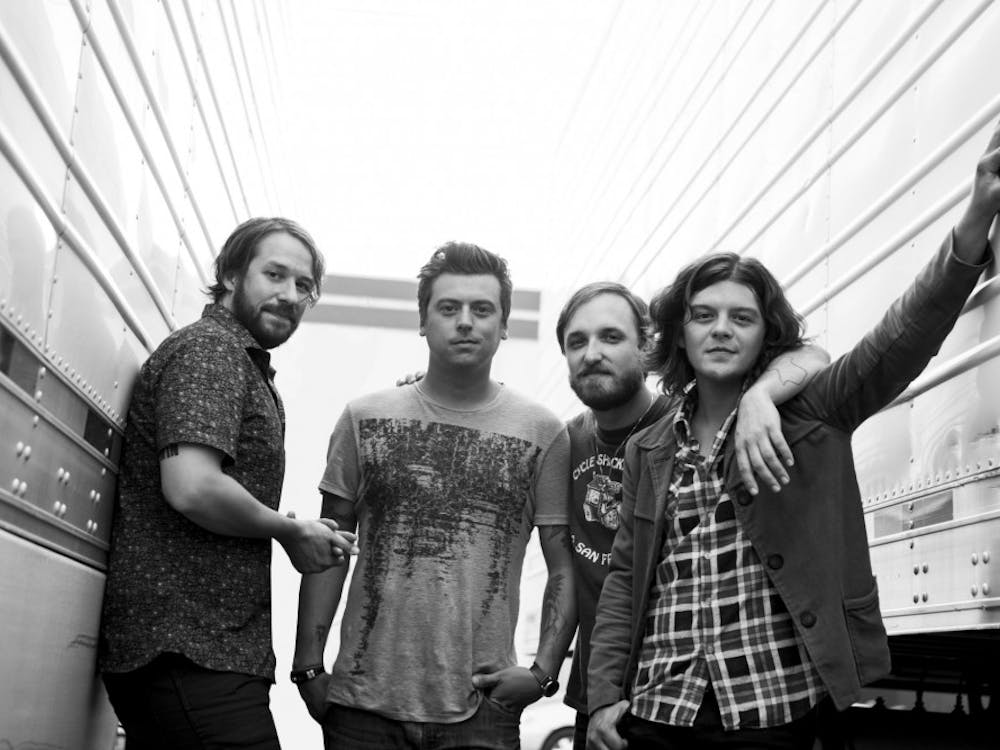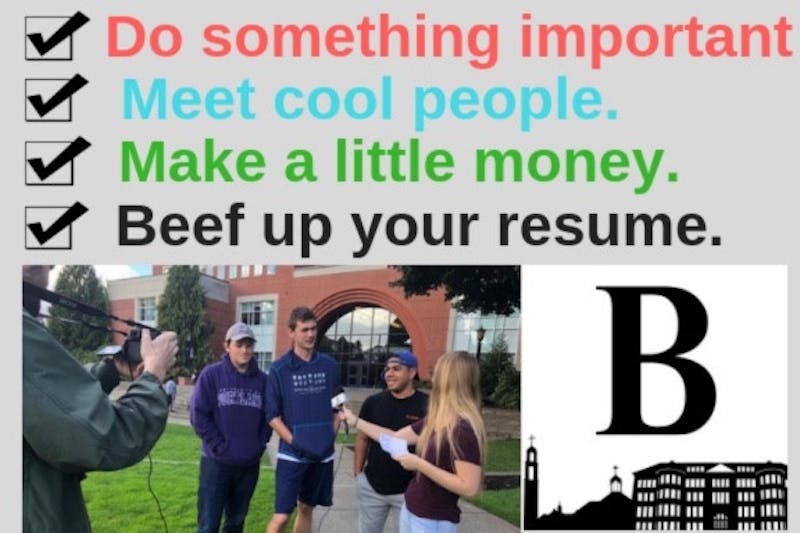By Anna Walters
Lora Soriano, a senior education major, celebrated Halloween with the third graders of Kelly Creek Elementary in Gresham with adjectives and hats rather than ghosts and goblins.
In order to ensure every student could participate in the festivities, Kelly Creek opted to put on the first annual hat parade, an event where students decorated a hat according to a word or adjective and then strutted through the halls showing off their creations and admiring others.
Kelly Creek is not alone in its alterations of the spooky holiday. A recent Washington Post article stated that public schools across the nation are responding to the diverse cultural and religious needs of their students by replacing Halloween parties with harvest festivals or by completely banning any Halloween-related celebration.
Some schools argue that phasing out all in-school parties will help promote academics and create an environment more conducive to standardized testing, according to the Post.
"I think it's great to have every student involved," Soriano said. "If I were to put myself in that position where everyone around me would be doing something that I don't participate in, I'd feel kind of left out, so I think it's great that they are trying to involve everyone."
For the hat parade, the third graders picked out a word they liked and then constructed a hat meant to be representative of that word.
The third graders, in hats of all shapes - like "gigantic" - and hues - like "colorful" - pranced through the halls to music over the intercom.
One student, a Jehovah's Witness, would have been barred by his religion from participating in a traditional Halloween party. But for the hat parade, he chose "reflective" and came to school in a bike helmet covered in reflectors and a small mirror that stuck out from the side and reflected an index card with his word on it.
"His parents actually came to the parade and they were taking pictures of his hat," Soriano said.
One girl chose to construct a "gorgeous" hat by plastering it with pictures of herself, Soriano said.
Another student chose to make "quaint" headgear.
"She put random things on her hat so I'm not quite sure she knew the meaning; she just liked the word," Soriano said.
Although Soriano liked the all-inclusiveness of the celebration, she estimated that 24 out of the 25 students celebrate Halloween traditionally at home. Most talked about their costumes during school or wrote about their Halloween plans in their journal exercises.
When Soriano has her own classroom, she plans to yield to the school's policy on Halloween celebrations.
"I think for me personally, if it was okay (with the school), I would have students dress-up if they wanted to."
Religious private schools remain largely unaffected by public schools' drive to be politically correct and religion-neutral.
"It's especially hard in public schools because you get the kids that don't celebrate Halloween or the parents, for whatever reason it may be, who really take to heart the deeper meaning of Halloween and what it's all about," said Jennifer Smith, a senior education major.
Smith teaches at Holy Cross Area School, a private, Catholic institution. The entire student body there was allowed to dress up in traditional Halloween garb within reason.
"Obviously there were limitations on costumes - no guns, no guts hanging out or anything," Smith said.
Each class created a Halloween-themed game that other students could play at a school-wide carnival that was run by older students and parent volunteers.
Smith said it was great to see the kids excited about their costumes. She plans to celebrate Halloween traditionally if she gets a job in a private school after college.
"I would say, 'dress up, enjoy being creative with your costume, and have fun trick-or-treating,'" she said.
Bri Caldwell, a senior education major and student teacher to Buckman Elementary third graders, would first ask administrators and parents before throwing a Halloween party at a public school.
"I would definitely see what the school's policy is and talk to the principal and see what the precedent (is)," Caldwell said.
If no policy restrictions on Halloween celebrations existed, then Caldwell said she would send a note to parents either via a weekly news letter or a special note asking their permission for their child to participate in a traditional in-class Halloween party.
As long as none of the parents objected, Caldwell said she would begin to plan a party with her class.
"I would just make sure not to build it up to the kids until I knew for sure it would happen," she said.
Buckman Elementary, a public school, held a school-wide harvest festival the week before Halloween and then left a more traditional celebration of the holiday up to the individual teachers.
Dane Conroy, a senior education major, supports the idea of fall festivities in place of Halloween when he becomes a teacher of his own class.
"I would check with my school's policy and try to create some sort of fall festival," Conroy said. "I would probably not encourage costume-wearing or kids bringing too much candy because that would completely kill a day of teaching."







